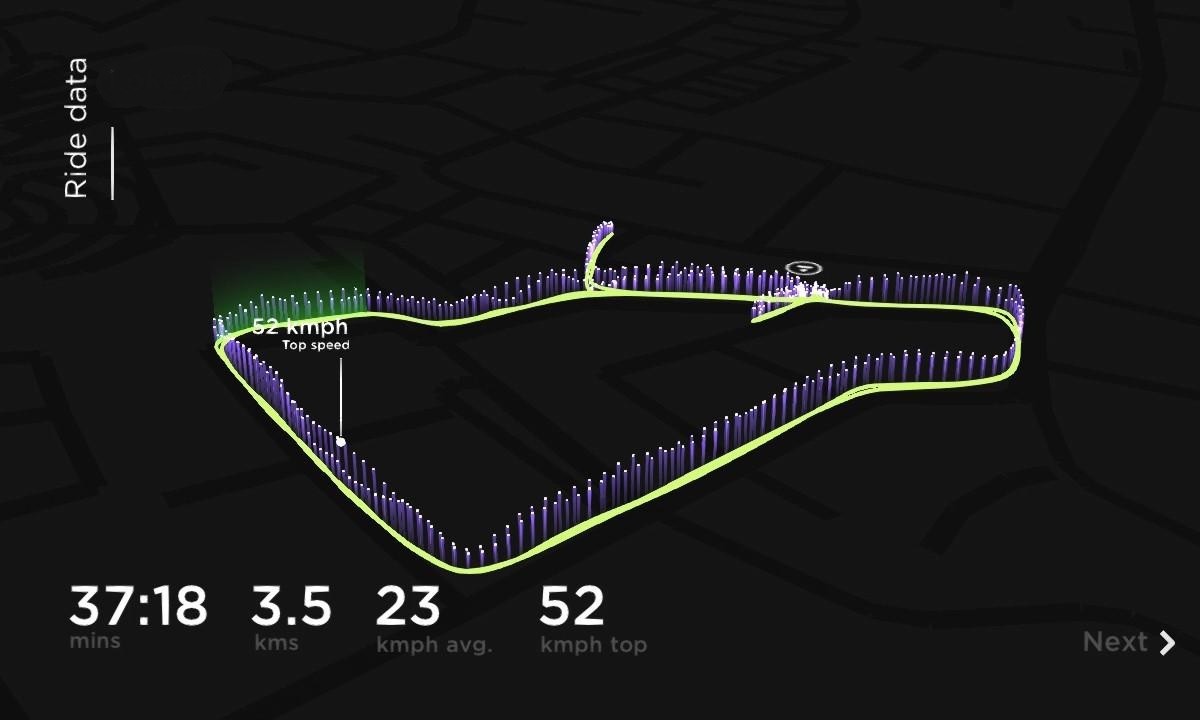
Web Applications - Internet and Intranet
Web applications play a significant role in our daily lives, especially if you are a company born in the mobile era.
‘Web applications’, as the name suggests, are about building applications and making them accessible to people through some means - external (internet) or internal (intranet). The Ather website, for instance, is not just one web application, but a conglomeration of applications that support its functioning.
Any application developed, has endpoints that make it accessible to interact with. And web applications don’t always have a front-end per se, there could be a simple standalone implementation meant to accomplish a few important tasks behind-the-scenes. For example, ‘order bookkeeping’ might not have a front-facing aspect for customers to interact with, but it could run as a core application behind the scenes. Like this, a website that you see on a public domain constitutes many core services/applications that come together to provide seamless user experience.
Through the eyes of the user - The Ather Customer
Let’s understand the perspective of an Ather customer through their journey on our website i.e. through all the applications/tools that come into the foray when someone buys a scooter from Ather Energy.
The diagram below presents the important steps in the process of owning an Ather scooter from a customer's standpoint.
An EV enthusiast or potential customer comes to check out the Ather 450X on the website. They decide to book a test ride either by directly scheduling it on the website, or during a visit to one of our Experience Centers. The customer takes the test ride and gets to visualize some cool stats about their ride.
Let’s take this simple step as our example to identify everything that happens behind the scenes to enable this flow. We have our customer-facing Ather Energy website, and the internal Experience Center (EC) App to facilitate the entire process of scheduling and test ride management. While this application is strictly internal, customers do get to see things like ride visualization at the EC through this app. Test ride booking, ride and post-ride activities can be done using either the website or the EC App. This signifies an important aspect that the usage of web applications running on web servers, is generally defined by the business use case or the problem they are solving.
Along the same lines, once the test ride is completed and customers express their interest towards pre-ordering the scooter, they have a choice to do it by themselves or through the team members at the EC. In both cases, the intent to pre-order the vehicle is captured on the pre-order system which manages order creation, payment and successful completion of the pre-order via email/SMS communication to the customer.
If we draw parallels between this and any other e-commerce sites, the journey of pre-ordering or ordering is exactly the same: communicating the availability of pre-order, creating a workflow for payment, booking, and finally, providing confirmation for the order. While we come across as an automotive OEM with the majority of our work done offline, we have built sophisticated systems, both internal and external-facing, to solve many of these repetitive tasks to be done, via intranet and/or internet right from the time of launching our first bike. Even for simple things like Pre-Delivery Check (PDC), we have made web-based systems to capture the information and relay it to the backend such that any improvements or errors in the process are caught and can help us provide better customer experience.
With this we come to an end of yet another aspect of software at Ather. We truly believe that irrespective of the domain, industry approach to solving problems, automation, DIY applications have become part and parcel of existence for any organization.

